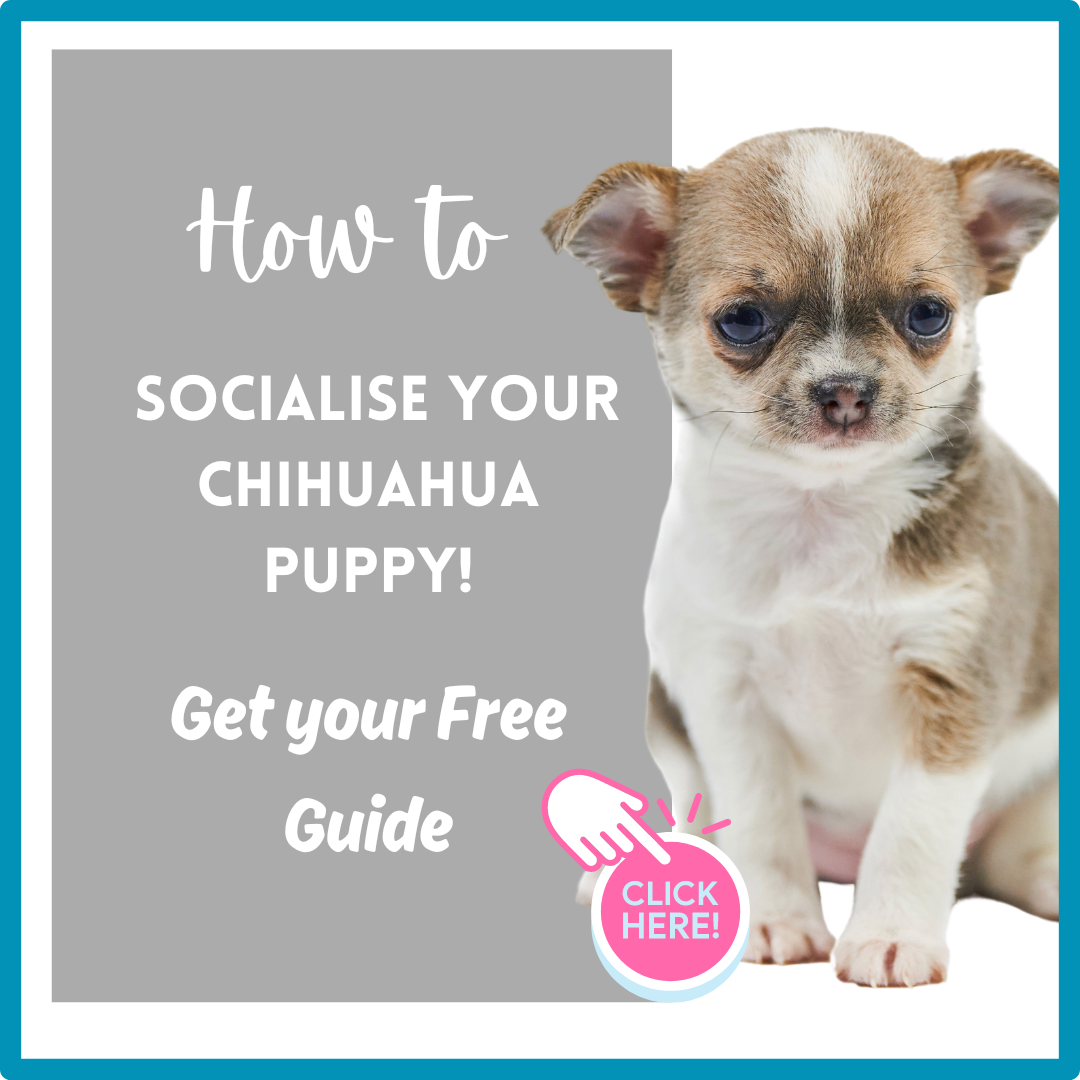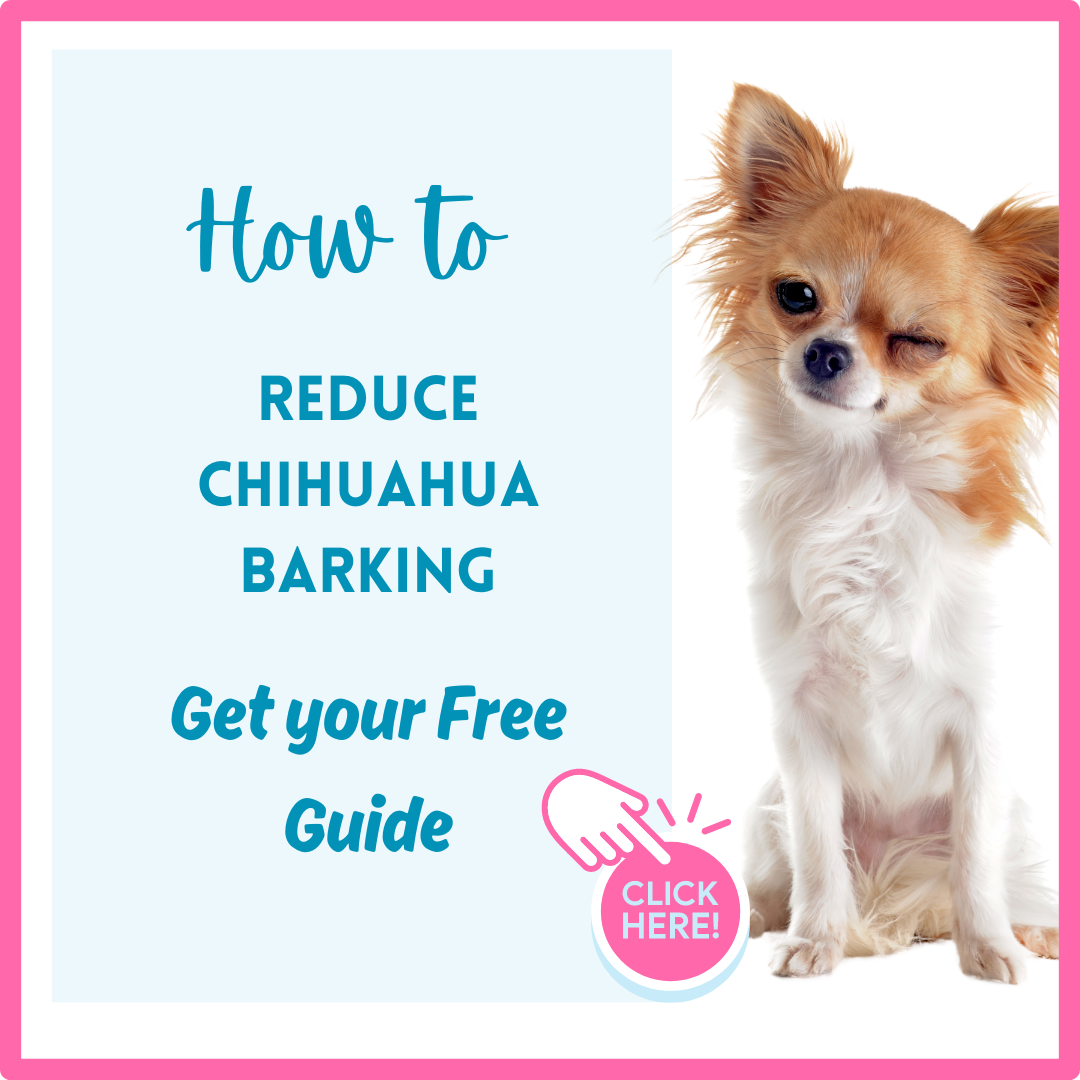What are hay fever symptoms in dogs?
In some ways, hayfever symptoms in dogs show in a similar way to humans with watery eyes, running noses and lots of sneezing, not pleasant for summertime walkies! And similarly to humans, sometimes dogs that suffer with hayfever seem to much prefer sitting indoors in the summer where there is air conditioning.
There is a difference in hayfever between people and dogs though, is the placement of allergy receptors and your chihuahua could experience some unique canine hayfever symptoms.
As the allergy receptors in dogs are on the skin, whereas human receptors are in the nose and eyes, you may notice your chihuahua suffer hayfever symptoms such as:
- Oily coat
- Flaky skin
- Excessive itching, commonly on the ears, rectal area, and under the legs
- Rubbing the face into the carpet
- Rashes on the face and feet
- Loss of hair around the eyes and feet
- Reverse sneezing
Just like humans, dogs can experience hayfever at any time in their life and are not necessarily born with it. Most commonly dogs will start to suffer from hayfever when they are between one and three-years-old. However, this does not mean they will suffer from the allergy forever. Prince used to get bad hayfever, his coat would become oily and his skin flakey.
How to reduce hayfever symptoms in dogs
Choose low allergy walks
Again like humans, your chihuahua’s hayfever may be attributed to a particular type of pollen whether its tree, grass, weeds or flowering plants. For mild hayfever symptoms, you may notice specific walks give your pup a higher level of allergy and can work out what areas and plant life you need to avoid. Keep a record of the environment of the walk and your chi’s symptoms, and you may be able to protect your dog and still enjoy those summertime walks.
Boost your dog’s immune system
You can reduce the symptoms of allergies through optimum health. You can try an array of superfoods such as spirulina and barley grass, both of which are rich in skin-health vitamins and minerals.
Boost Omega levels with flax seed or hemp seed oil can also help to give skin fighting power. Make sure your pup’s food is full of nutrition and packed with vitamins so your chi can have reduced allergic reactions. You can build up your chihuahua with a nutritious bone broth and keep it in the freezer.
I add this supplement into our dogs food, it supports the gut which is where most allergies start. It has the added benefit of helping with calmness and focus. I have been very pleased with it and it’s one of the ‘must have’ supplements that I won’t be without.

Another good supplement to add if your chihuahua is suffering is a probiotic, we like this one by Dr Mercola but there are lots of good ones on the market.
OTC antihistamines
Should you give your chihuahua antihistamines? The general advice is yes this is fine, and we have given low dose (a quarter of a tablet) of antihistamines to our dogs and it has been helpful. Obviously I am not medically trained so if you are not sure make sure you take the proper advice. But his is advice I’ve been given by a vet for Minnies seasonal allergies.
Remove pollen quickly
After every walk wipe your chi’s feet and face with a damp cloth. This will help to eliminate any pollen they may have picked up on the walk and will reduce the amount of pollen entering the home. Itchy paws are very annoying for a dog, you can sooth them by giving your chihuahua a green-tea and Epson salt foot soak. Just steep a couple of green tea bag for a few hours and add to some warm water and a table-spoon of Epson salts.

Keep your home pollen-free by vacuuming regularly and washing your dog’s bed and towels often to keep airborne pollen particles away from your pet and any allergy sufferers.
It may also be a good idea to try and keep other allergy triggers down to a minimum. It might not just be hay fever that is causing the allergies. Some common household cleaners can also cause your chihuahua problems.
Thank you for using our links to buy products. it does earn us a small commission. I only recommend products I use myself.
Join our Positive Chihuahua Training Group on Facebook.
Discover more from Chihuahua School by Chihuahua Power
Subscribe to get the latest posts sent to your email.






